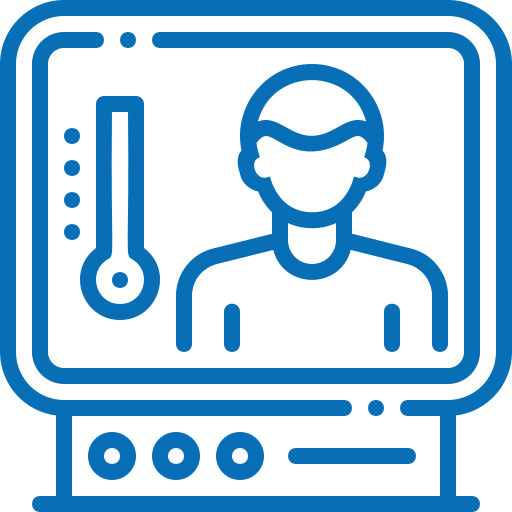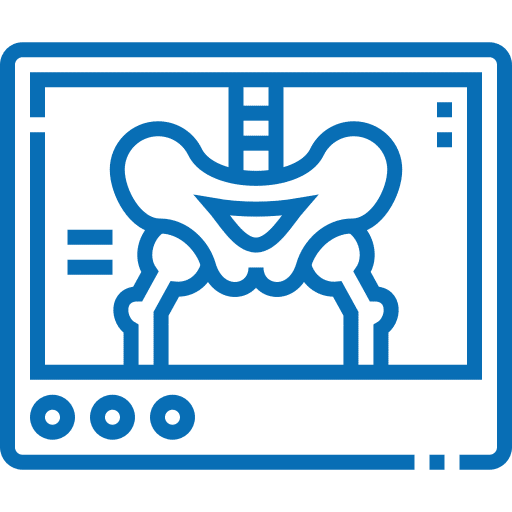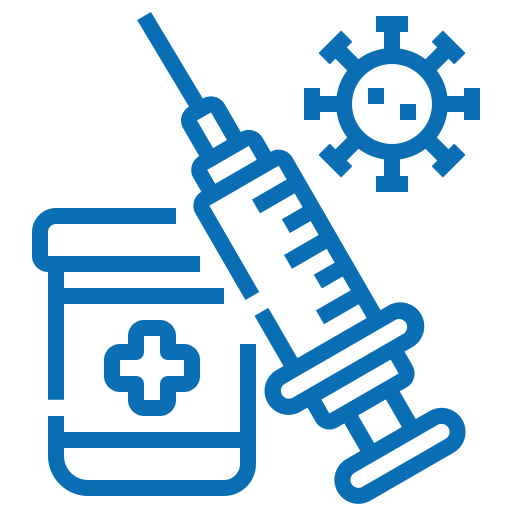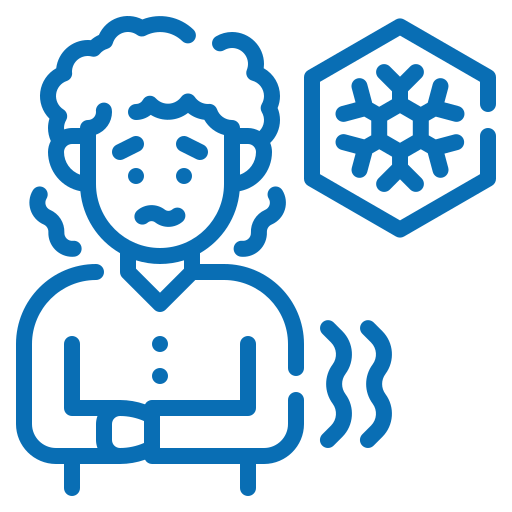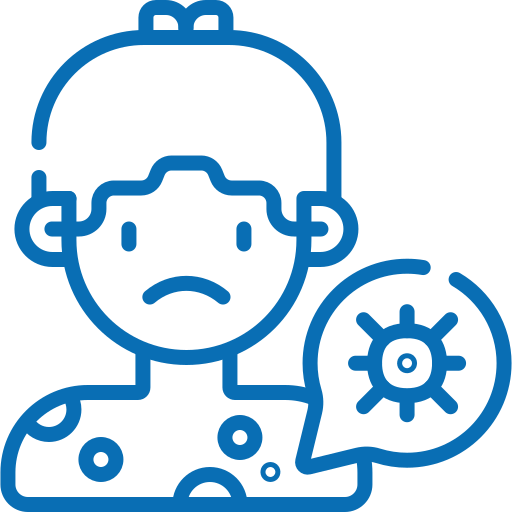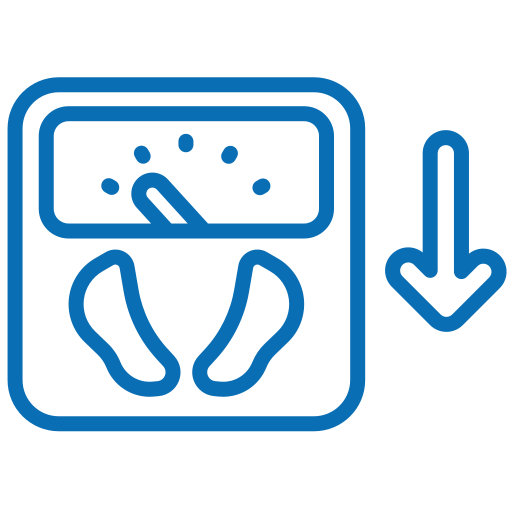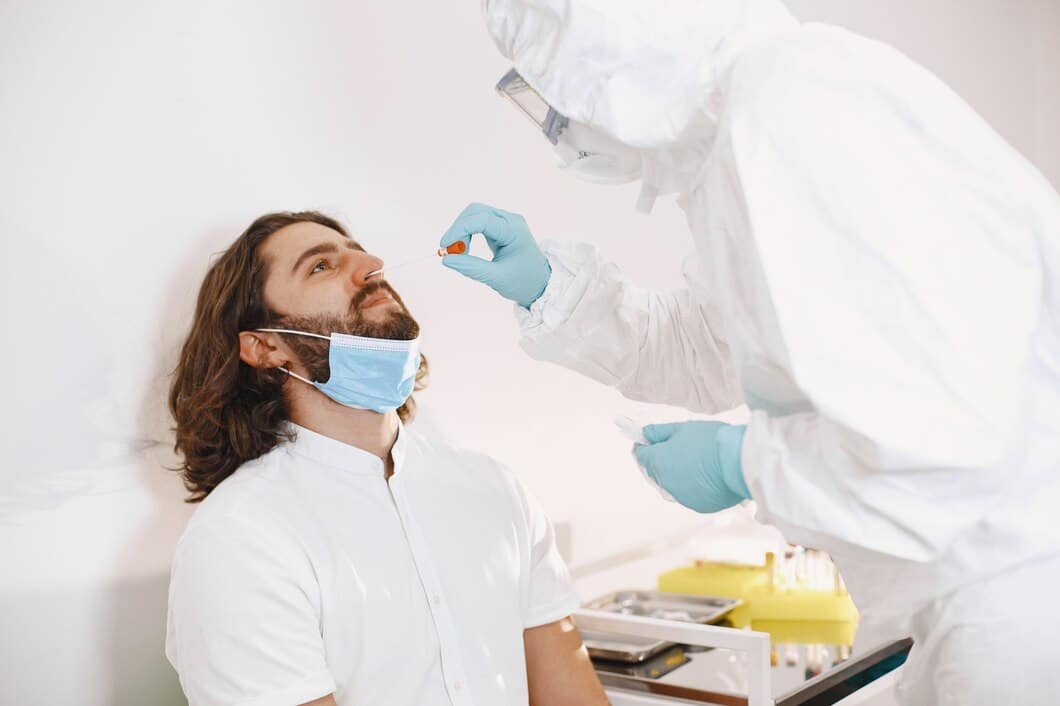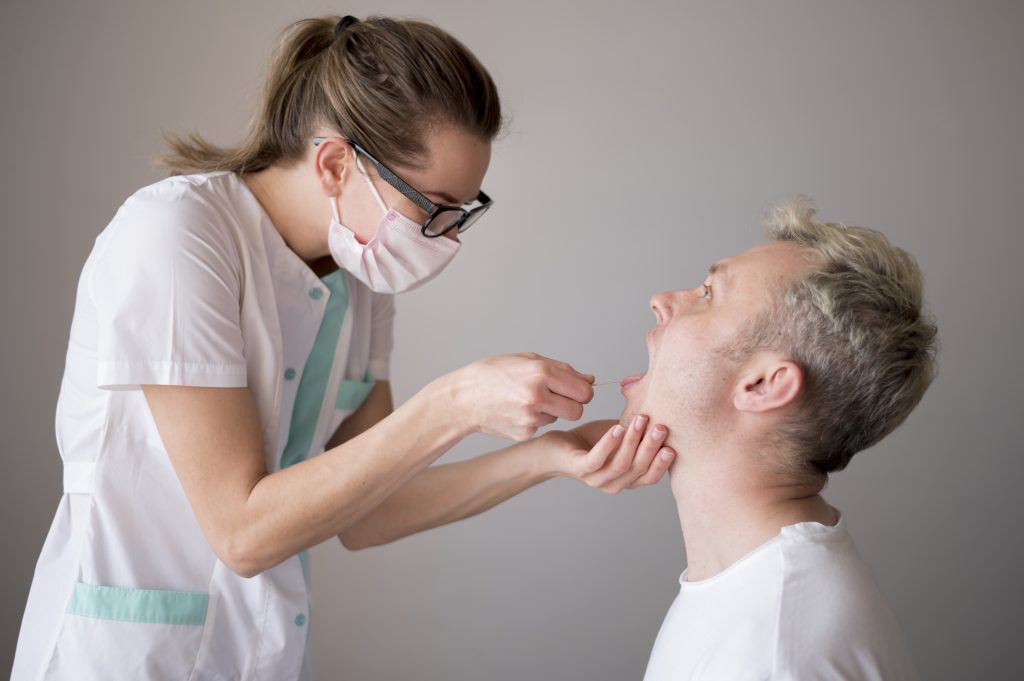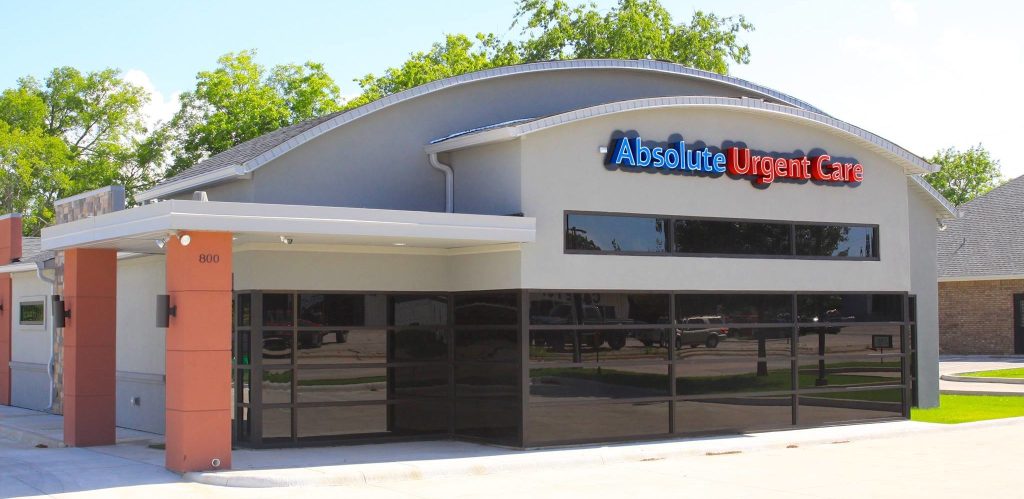From employees to employers, workplace injuries are a harsh reality that could wreak havoc. They can cause long-term health problems, decrease productivity and raise health care costs. I know that a healthy workplace is a safe workplace, and I also know that occupational medicine is one of the main means to prevent the injuries that can occur in your workplace and to keep your work environment a safe environment.
What is Occupational Medicine?
Occupational medicine is a specialized field of medicine dedicated to the prevention, diagnosis, and management of work-related injuries and illnesses. Occupational Health integrates knowledge from numerous disciplines, such as public health, environmental health, and medical specialties to protect and promote the health and well-being of workers. Occupational medicine is a field dedicated to maintaining worker health through proactive measures to avoid injuries and to ensure that workers are medically fit to perform the physical requirements of their jobs.
Why Workplace Injuries Happen
Workplace injuries can happen in any type of industry, but they tend to happen more in some industries than others. Some common workplace injuries include:
- Slips, Trips, and Falls: One of the most common causes of workplace accidents, resulting from wet floors, uneven surfaces, or poorly maintained walkways.
- Overuse injuries: Workers with repetitive motions are at risk of musculoskeletal disorders, like carpal tunnel syndrome or tendonitis.
- Improper Lifting Techniques: Improper Lifting Techniques: Lifting heavy objects without using proper lifting techniques can cause back injuries and strains.
- Vehicle Accidents: Employees that drive as a part of their job could potentially face serious injury if they have an accident while on the job.
- Workplace Stress: Excessive stress levels can lead to mental health problems and accidents if employees don’t pay attention or feel fatigued.
Employers can greatly reduce the chance of such injuries occurring by targeting these risk factors and creating a less hazardous workplace.
How Occupational Medicine Can Prevent Workplace Injuries
Occupational medicine specialists undergo training to assess, treat and prevent injuries caused by work-related activity. Here’s how they help:
Pre-Employment Medical Examinations
The first step in preventing workplace injuries is to make sure that you are hiring employees who have both the physical and mental capacity to perform the job. Pre-employment medicals can be used to detect existing health conditions or physical limitations that may put an employee at risk of injury. They also serve as a baseline for the employee’s health to make it easier to determine changes over time.
Ergonomic Assessments
One top cause of workplace injuries (especially in office environments) is poor ergonomics. Occupational medicine specialists can perform ergonomic evaluations of workstations and recommend modifications to improve work comfort and minimize fatigue. Your human resource needs occupational health assessment and training to avoid musculoskeletal injuries with simple changes like adjusting chair height, keyboard height, or introducing sit-stand desks can even save every penny for the organization.
Employee Training and Education
Education is a major factor in helping to prevent injuries. Industrial hygienists can create and enact training programs that educate over employees on proper lifting techniques, safe use of a equipment, and other injury risk-reduction strategies. When employees are empowered with this information, they are less likely to act in risky ways that could cause accidents.
Routine Health Assessments and Tracking
Some jobs put employees into contact with hazardous materials or in high-risk environments, such as construction or manufacturing roles. Occupational medicine includes routine health screenings and monitoring for issues like hearing loss, respiratory disease, and musculoskeletal problems. If these conditions are identified early, one can respond quickly and prevent the condition from worsening.
Rehabilitation Programs and Return-to-Work Programs
Accidents can still happen, despite best efforts to prevent injury. When they do, occupational medicine makes sure employees are treated and rehabilitated appropriately.” Goals After an injury, one goal of the workplace is not just medical recovery, but safe work reintegration. Return-to-work programs also allow employees to transition back into their roles while recovering from an injury, preventing further complication.
Mental Health Support
Workplace injuries aren’t just about physical harm. Workers’ overall well-being and productivity can also be affected by mental health problems, like stress, anxiety, and depression. Mental health issues like stress are a major contributing factor to accidents, which occupational medicine experts can help mitigate by implementing mental health support programs. Healthier work conditions will help employees perform their tasks more safely, mentally as well as physically.
Safety Implementations as a part of Occupational Medicine
Some of the benefits of occupational medicine in the workplace include:
- Decrease in Injury Rates: When health risks are proactively managed, and safety education is provided, workplaces experience a significant decrease in injuries.
- Better Employee Health and Well-Being: Regular health screenings and ergonomic interventions help employees stay healthy and fit to work.
- Reduce Healthcare Spending: By avoiding injuries, there is no need for costly medical interventions, and there are fewer workers’ compensation claims.
- Enhanced Productivity: Employees who are healthy are more concentrated, active, and engaged, such as improved productivity and morale.
- Regulatory Compliance: Occupational health ensures businesses align with workplace safety regulations, reducing legal liabilities and penalties.
Raising the issue of workplace injuries is a joint effort that both the employer and employee need to partake in. Making use of the experience and knowledge of occupational medicine experts allows organizations to improve workplace safety and prevent avoidable accidents from happening. Occupational medicine: Comprehensive solutions for a healthy and productive workforce Employers need to protect their workers from a wide range of workplace hazards.
Despite best efforts to prevent injuries, accidents may still occur. When they do, occupational medicine ensures that employees receive the appropriate treatment and rehabilitation. Effective post-injury care includes not only medical treatment but also strategies to help employees return to work safely. Return-to-work programs are designed to allow employees to ease back into their roles while recovering from an injury, reducing the likelihood of further complications. For more information on how occupational medicine can help prevent and manage workplace injuries, visit Absolute Urgent care.



